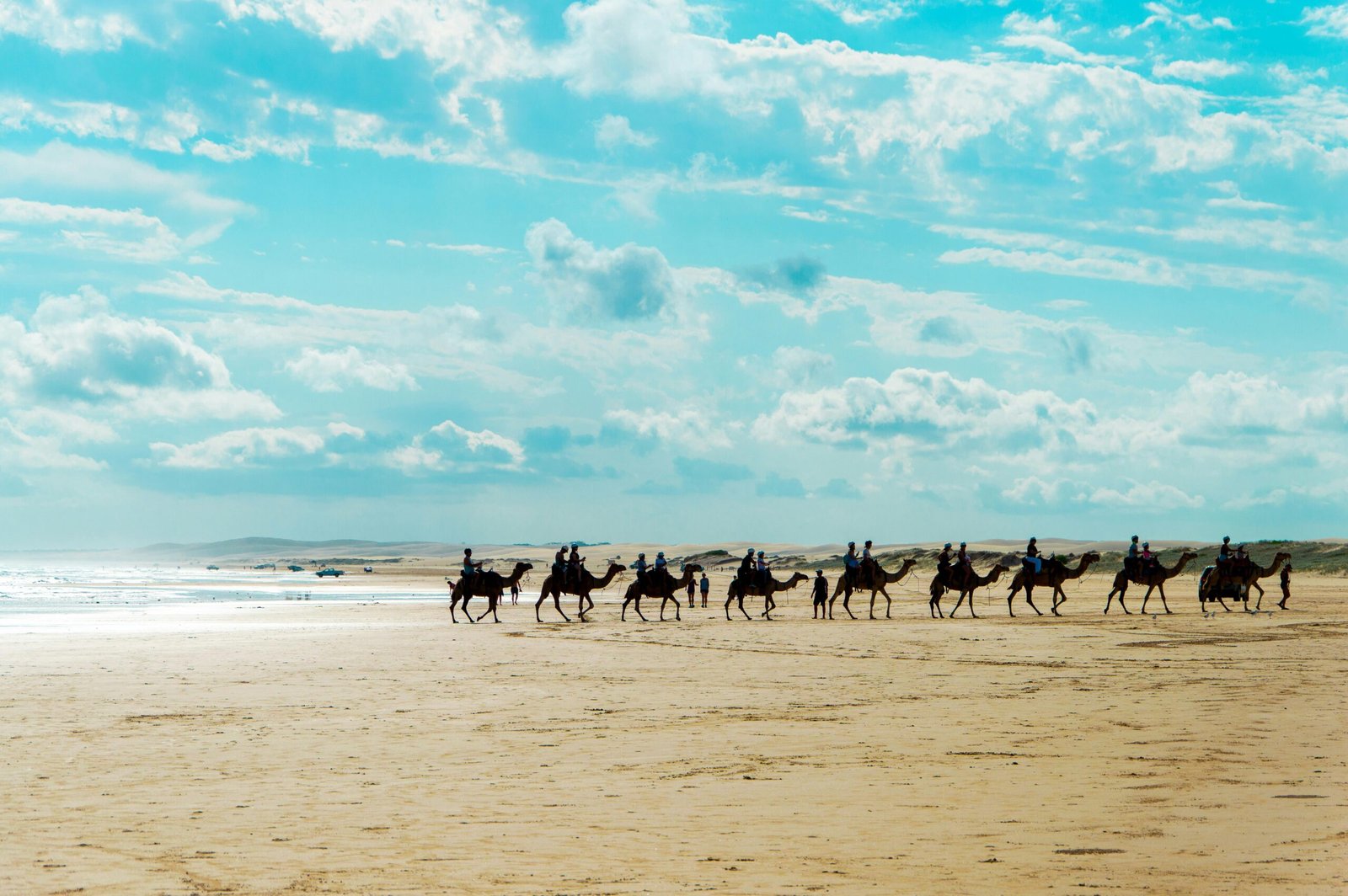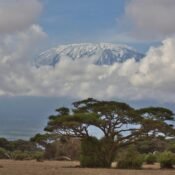
Discover Saadani: Africa’s Unique Beach Safari
When one thinks of an African safari, images of vast savannahs, roaring lions, and towering elephants likely come to mind. Equally, the mention of an African beach might summon visions of turquoise waters, palm-lined shores, and idyllic islands like Zanzibar or the Seychelles. But what if you could experience both—untamed wilderness and the soothing rhythm of the sea—in a single destination? Welcome to Saadani National Park, Tanzania’s most unique wildlife haven, where the bush meets the beach in the most spectacular fashion.
Where Wilderness Meets the Waves
Saadani National Park is a true rarity: the only wildlife sanctuary in East Africa that borders the Indian Ocean. Nestled along Tanzania’s coast, about 100 kilometers northwest of Dar es Salaam, Saadani offers a refreshing twist to the traditional safari experience. Here, you can watch elephants bathe in the ocean surf, lions roam the salt-rimmed dunes, and monkeys leap between mangroves, all within a stone’s throw of your beach lodge.
Covering approximately 1,100 square kilometers, Saadani is a blend of ecosystems—savannah, acacia woodlands, mangroves, and beach—each supporting a rich variety of flora and fauna. This fusion makes it a perfect destination for travelers seeking something different: a laid-back, crowd-free safari experience with the added bonus of a seaside escape.
The Wildlife: Untamed and Intimate
While Saadani may not match the density of game found in Serengeti or Ngorongoro, it offers an intimate safari experience, rich in diversity and uniqueness. You can spot elephants, buffaloes, giraffes, warthogs, and a wide range of antelopes roaming the plains. The park is also home to lions, leopards, spotted hyenas, and even the elusive African wild dog, though sightings of large predators tend to be less frequent, which contributes to the park’s quieter charm.
Birdwatchers will find paradise here with over 300 recorded bird species, including flamingos, fish eagles, kingfishers, and the rare Rufous-tailed weaver. The Wami River, which meanders through the southern part of the park, is a great spot for boat safaris, offering views of hippos, crocodiles, and a variety of aquatic and wading birds.
One of Saadani’s standout features is the chance to witness green turtles nesting on the beach. The park’s beaches are among the few protected turtle nesting sites along the East African coast, providing a rare glimpse into one of nature’s most awe-inspiring rituals if you visit during nesting season (March to July).
The Beach Safari Experience
What truly sets Saadani apart is the blend of safari adventure and coastal relaxation. You can begin your morning with a game drive across open grasslands, take an afternoon boat safari along the Wami River, and end your day sipping a cool drink on the beach as the sun sets over the Indian Ocean.
There are a few places in the world where you can hear lions roaring while waves crash nearby. You might even spot a herd of elephants crossing a beach path or see bushbuck wandering through a coconut grove. It’s this seamless intermingling of ecosystems that creates an almost surreal atmosphere—a reminder that nature knows no borders.
Lodging in Saadani: Wild Luxury
Despite its remote feel, Saadani offers several excellent accommodation options, ranging from rustic eco-lodges to high-end safari camps. Most are located within or right on the edges of the park, offering uninterrupted views of the bush or beach, and sometimes both. Many of these lodges are designed to blend into the natural environment, constructed with local materials and a light ecological footprint.
One of the highlights of staying here is the exclusivity. With far fewer tourists than other Tanzanian parks, Saadani offers a rare chance to enjoy a private safari experience. You’re more likely to share a sunset with a herd of giraffes than a crowd of jeeps.
Conservation and Community
Saadani’s unique character goes beyond its landscape. Its transformation from a game reserve to a national park in 2005 was largely driven by community-based conservation efforts. Surrounding villages have played an integral role in the park’s development, and many locals are employed as rangers, guides, and lodge staff. Ecotourism here directly supports both conservation initiatives and community development.
Moreover, efforts are ongoing to protect the delicate marine and coastal ecosystems that define Saadani. Mangrove preservation, turtle monitoring, and anti-poaching programs are all part of the park’s conservation framework. Visiting Saadani is not just about witnessing nature—it’s about supporting it.
Getting There
Saadani is accessible by both road and air. From Dar es Salaam, the journey by road takes about 4 to 5 hours, depending on the route and road conditions. Alternatively, light aircraft flights from Dar es Salaam, Zanzibar, or Arusha can land at Saadani airstrip, making the park an ideal stop on a broader Tanzanian itinerary.
While not as polished or promoted as Tanzania’s “Northern Circuit” parks, Saadani is perfect for travelers seeking a unique, off-the-beaten-path safari experience. It’s particularly appealing to repeat visitors to Tanzania or those combining wildlife and beach time without the need for long transfers.
Final Thoughts
In a world where travel is increasingly curated and commercialized, Saadani remains refreshingly wild and unspoiled. It’s a place where the call of a fish eagle might replace your morning alarm, where you can trade game-drive dust for salt spray within minutes, and where the boundary between land and sea feels almost mythical.
If you’re looking for an African safari that goes beyond the ordinary, Saadani might just be your perfect escape—a place where lions patrol palm-lined beaches, and the horizon stretches from the savannah to the sea. Come for the wildlife, stay for the solitude, and leave with the memory of a safari like no other.




